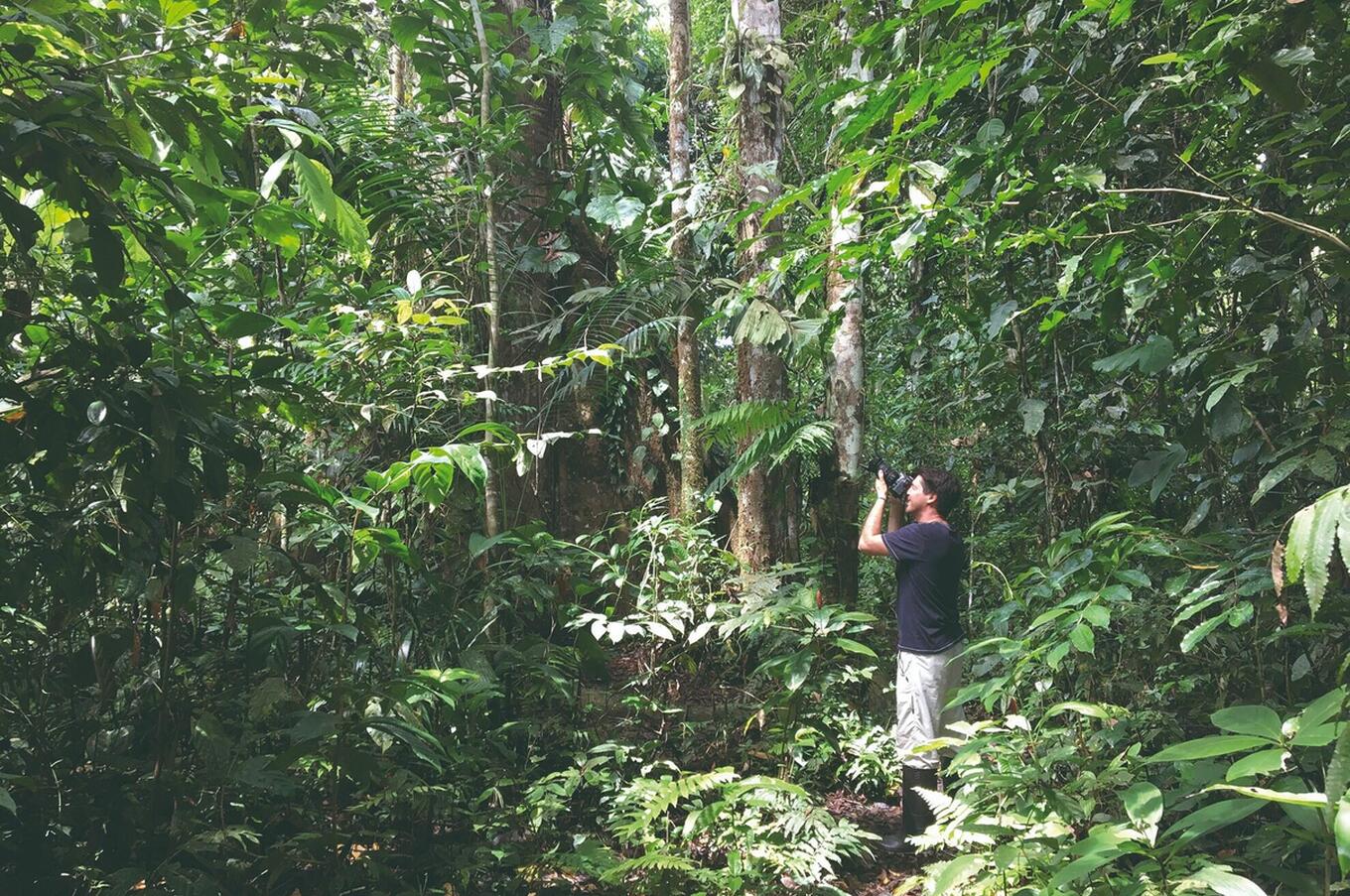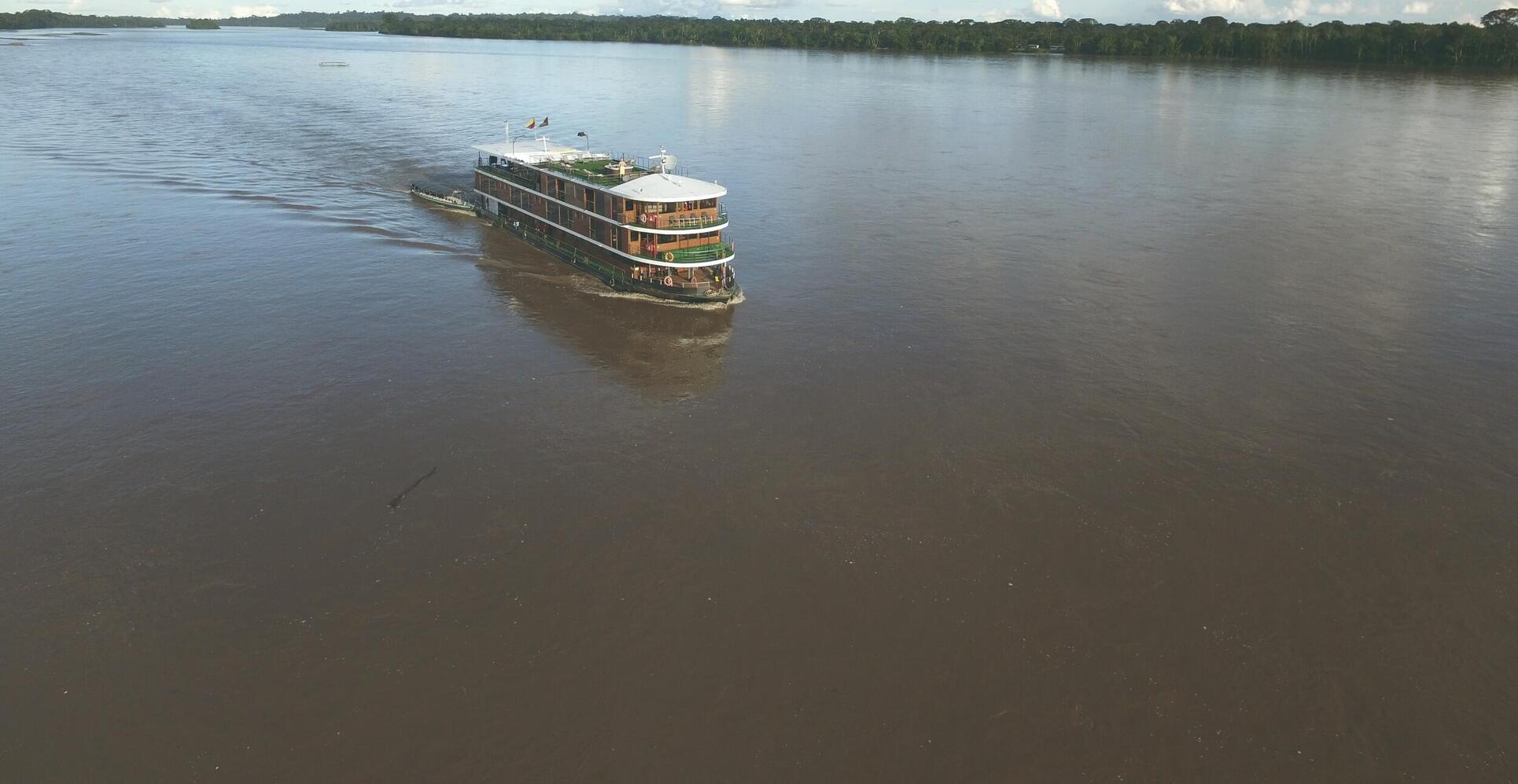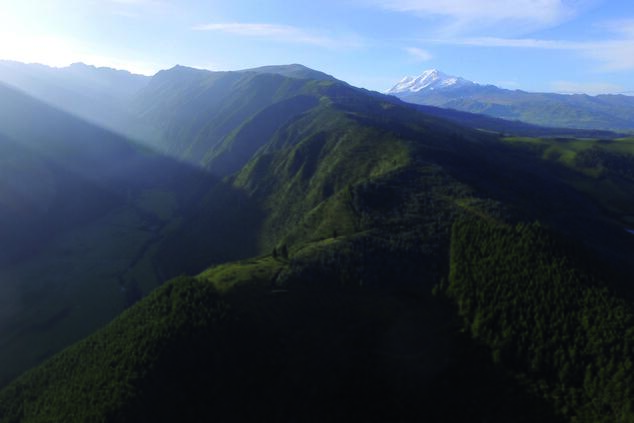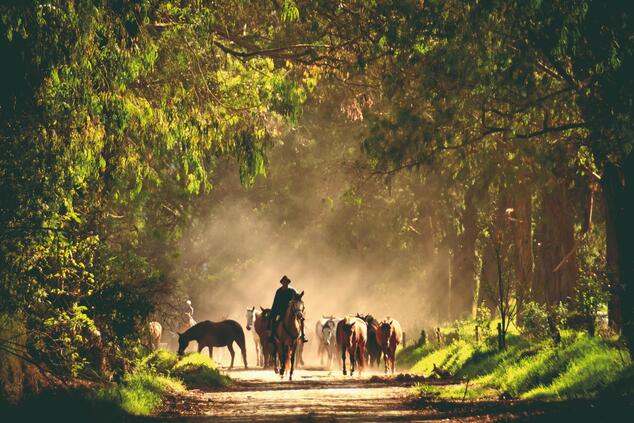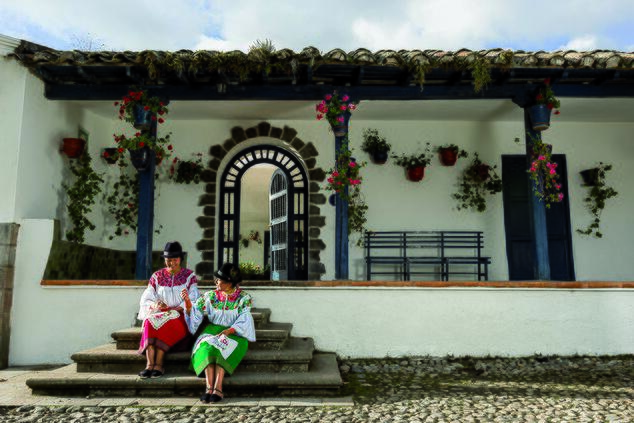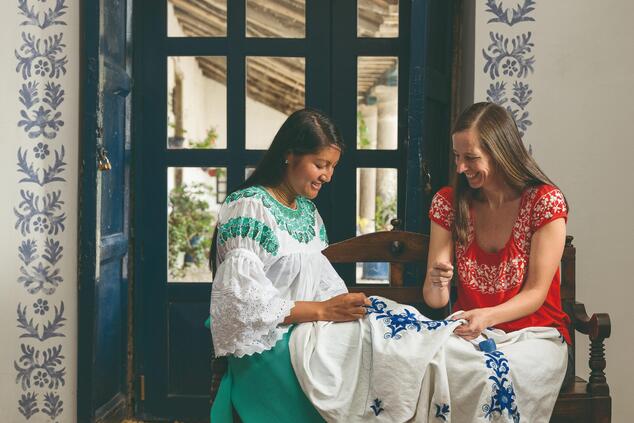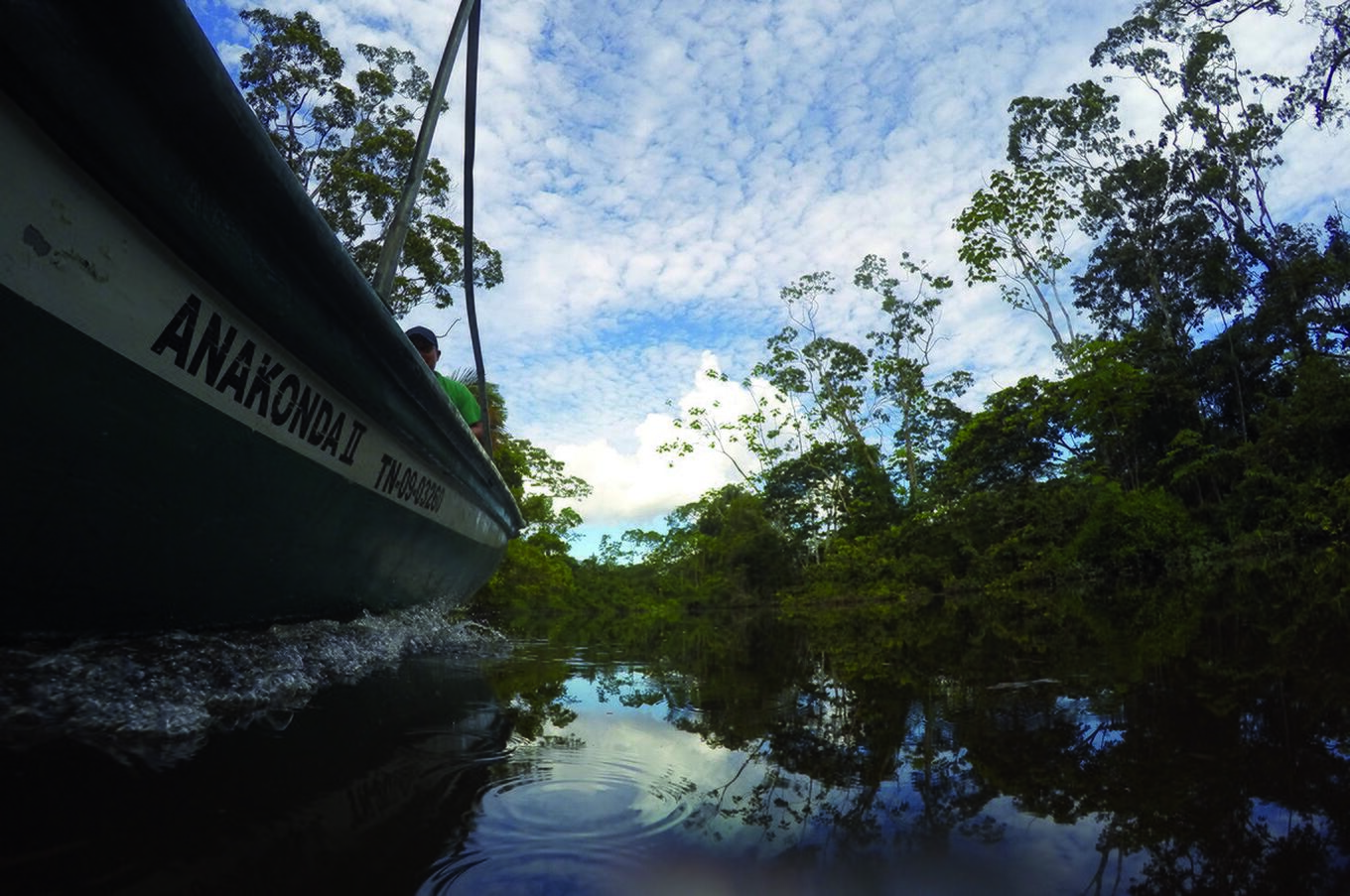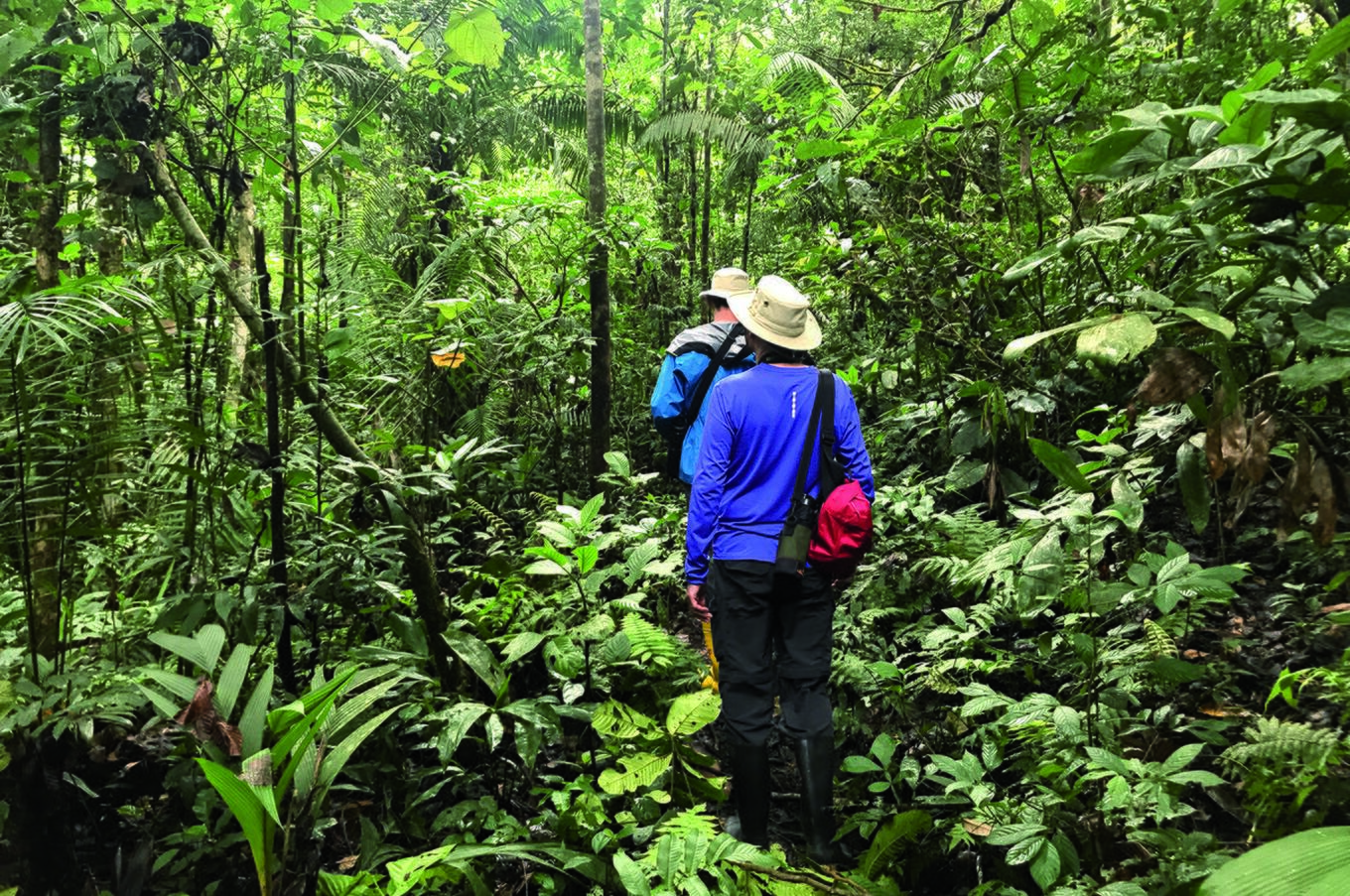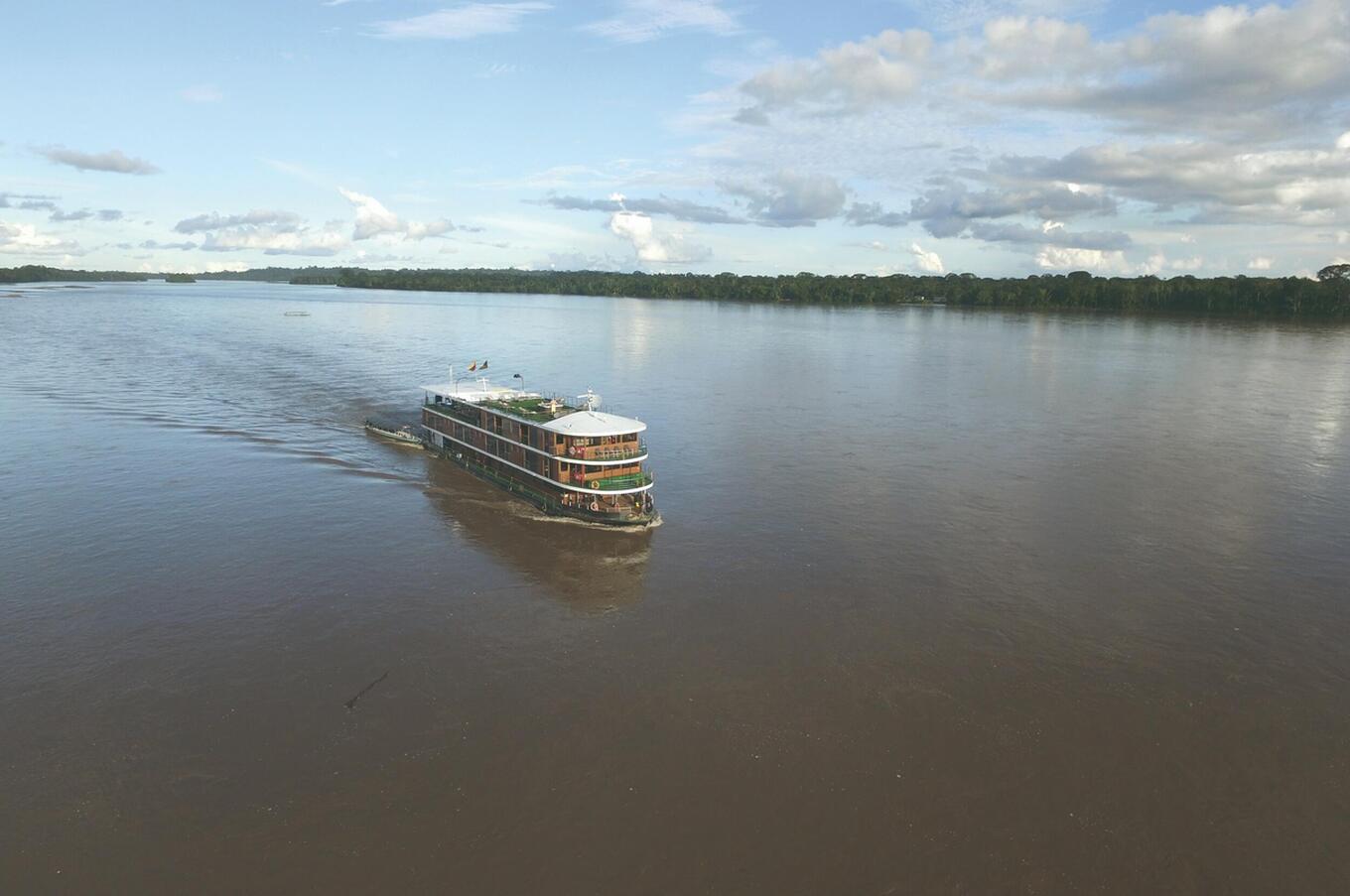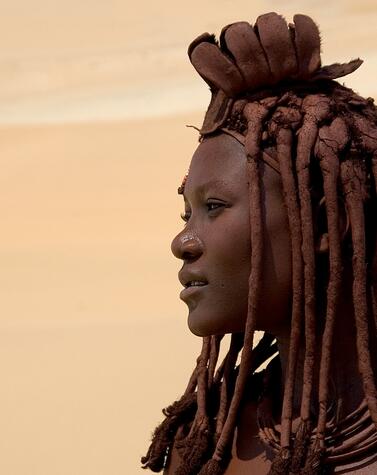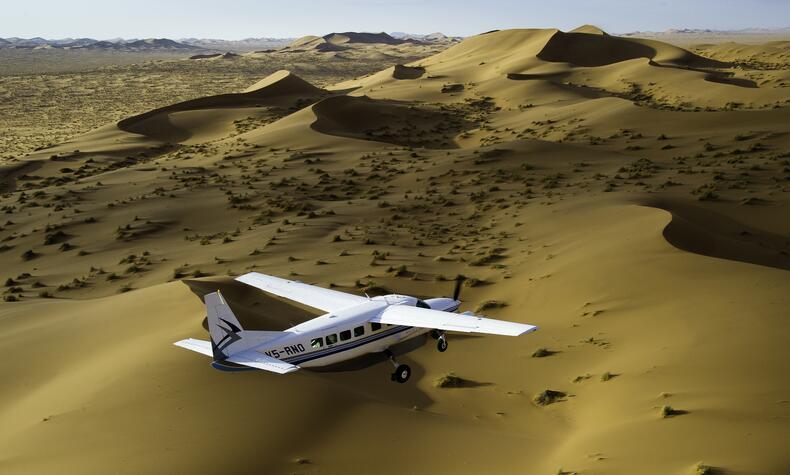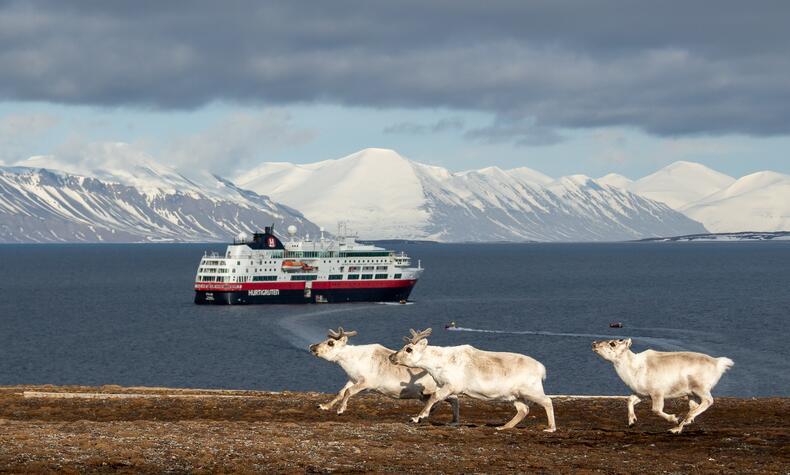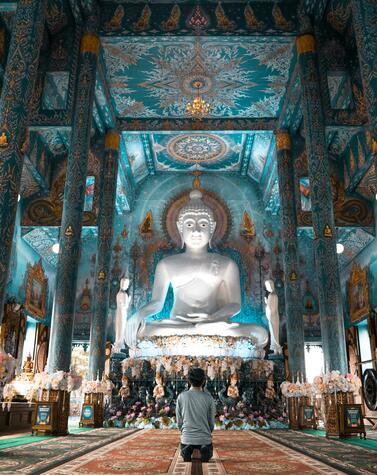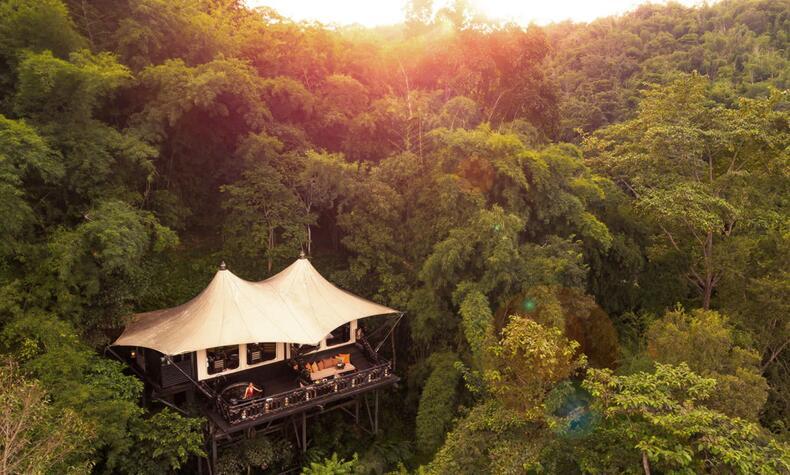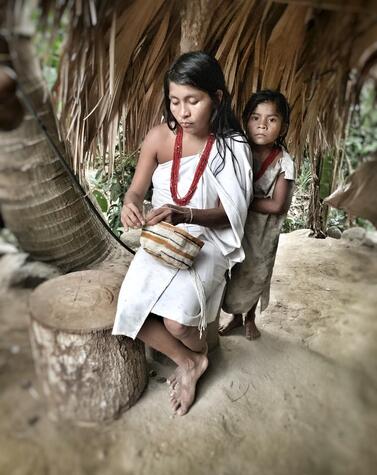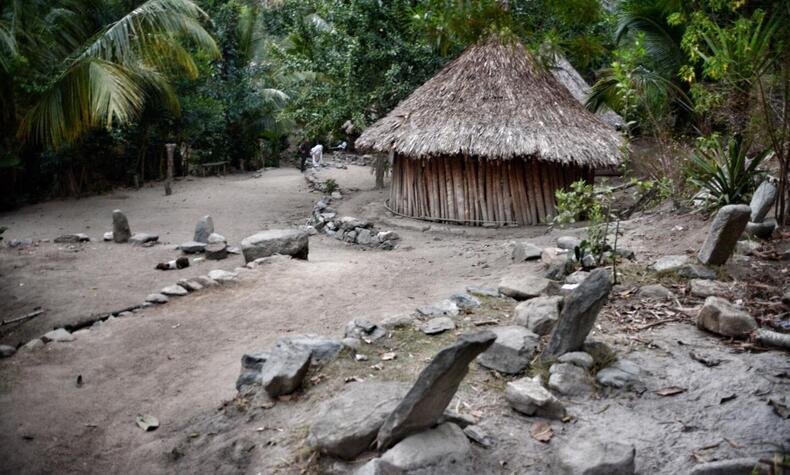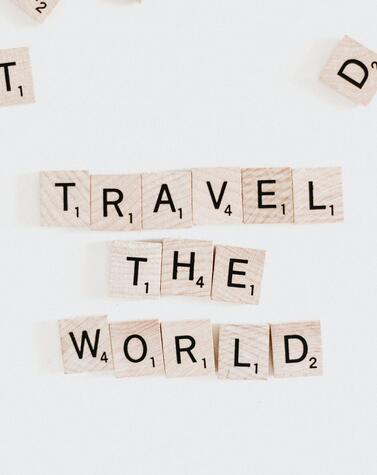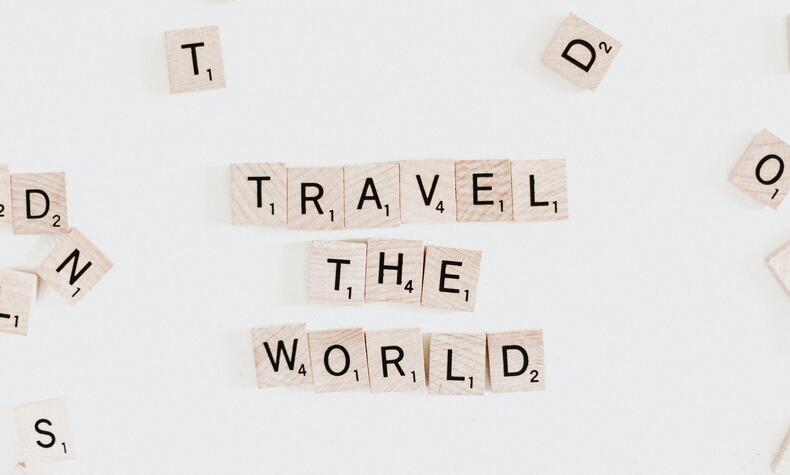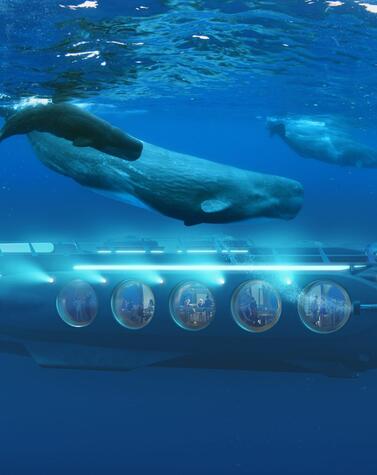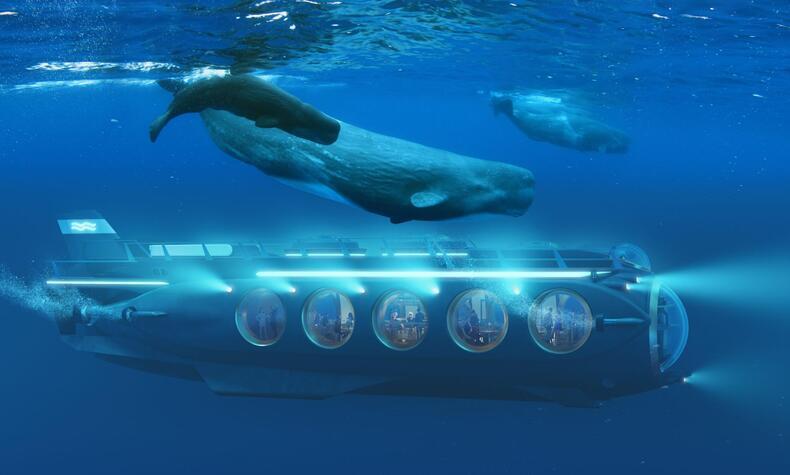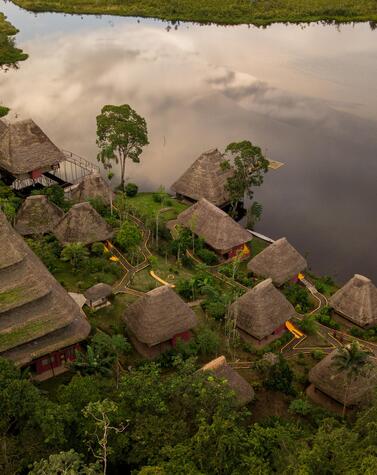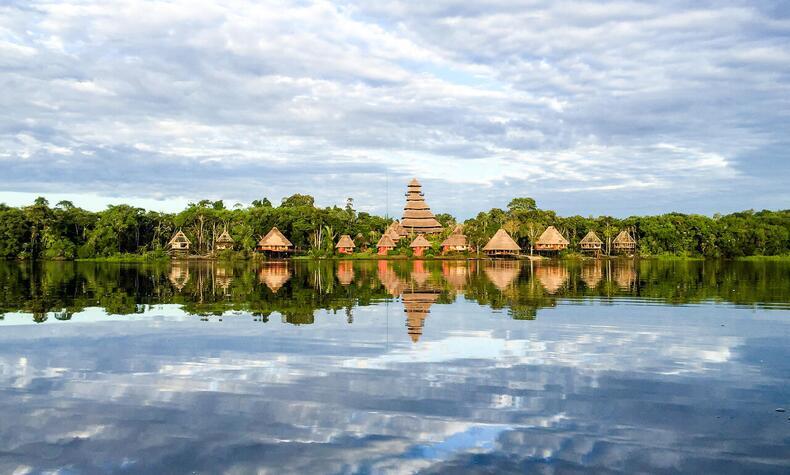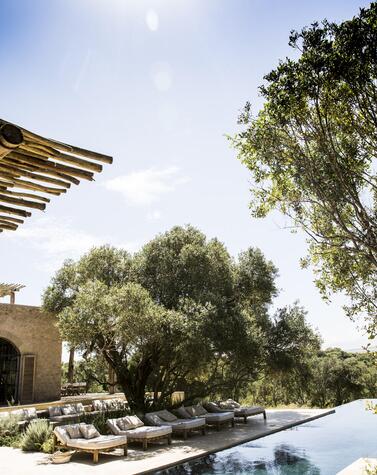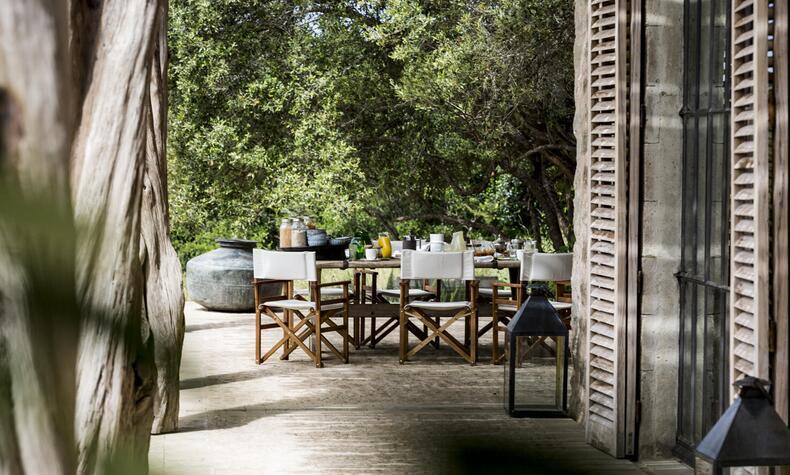Ecuador, a journey to authenticity
I don't know if it was a coincidence or not, but my prospecting trip to Ecuador began and ended with a smile on my face. My goal was to explore the lesser-known mainland Ecuador, to determine the level of quality and interest in the country, and to decide whether to recommend it or not.
I landed at Quito's Mariscal Sucre International Airport, and Santiago, a local expert and great personal friend, was waiting for me with the best first impression: a smile that didn't fit on his face.
More than expectations, which we usually have in most trips, I had doubts about whether the country was prepared to receive a luxury tourist in terms of hospitality, services, and infrastructure. The truth is that I came across a surprising and authentic environment.
The first thing I saw in Quito was the typical narrow streets and colonial houses, so beautiful and characteristic of the capitals of the region. I was surprised by the enormous restoration work of the historic center, the monumentality of its colonial architecture, and the fact that, despite being a cultural area that attracts tourism, it still breathes the spirit of a neighborhood inhabited by local people. In my visits to different hotels, I looked for those small and charming ones that breathed the fresh air of Quito and had their own identity.
Of all those I visited, the one that caught my attention the most was the Hotel Illa, designed and decorated by its owners, who told me how they transformed this three-story colonial house into three scenarios with the different artistic periods of the country's history, merging contemporary Ecuadorian art with surprising architecture. In addition, I was able to enjoy a 7-step gastronomic experience that I did not expect.
Discovering Quito
Hours later, I visited the Cathedral of Quito, which, of course, is a must-see, and then ended up at a 17th-century convent of nuns, whose church was undergoing restoration. I was very fortunate to be able to climb up the scaffolding with the UNESCO restorers and better understand the whole process. Being dozens of meters high, under a 300-year-old Mudejar coffered ceiling, was amazing. The restorers conveyed to me the difficulty of choosing which period to restore since the building had undergone successive restorations in its centuries of history. But which one needed bringing out the most? Baroque? Renaissance?
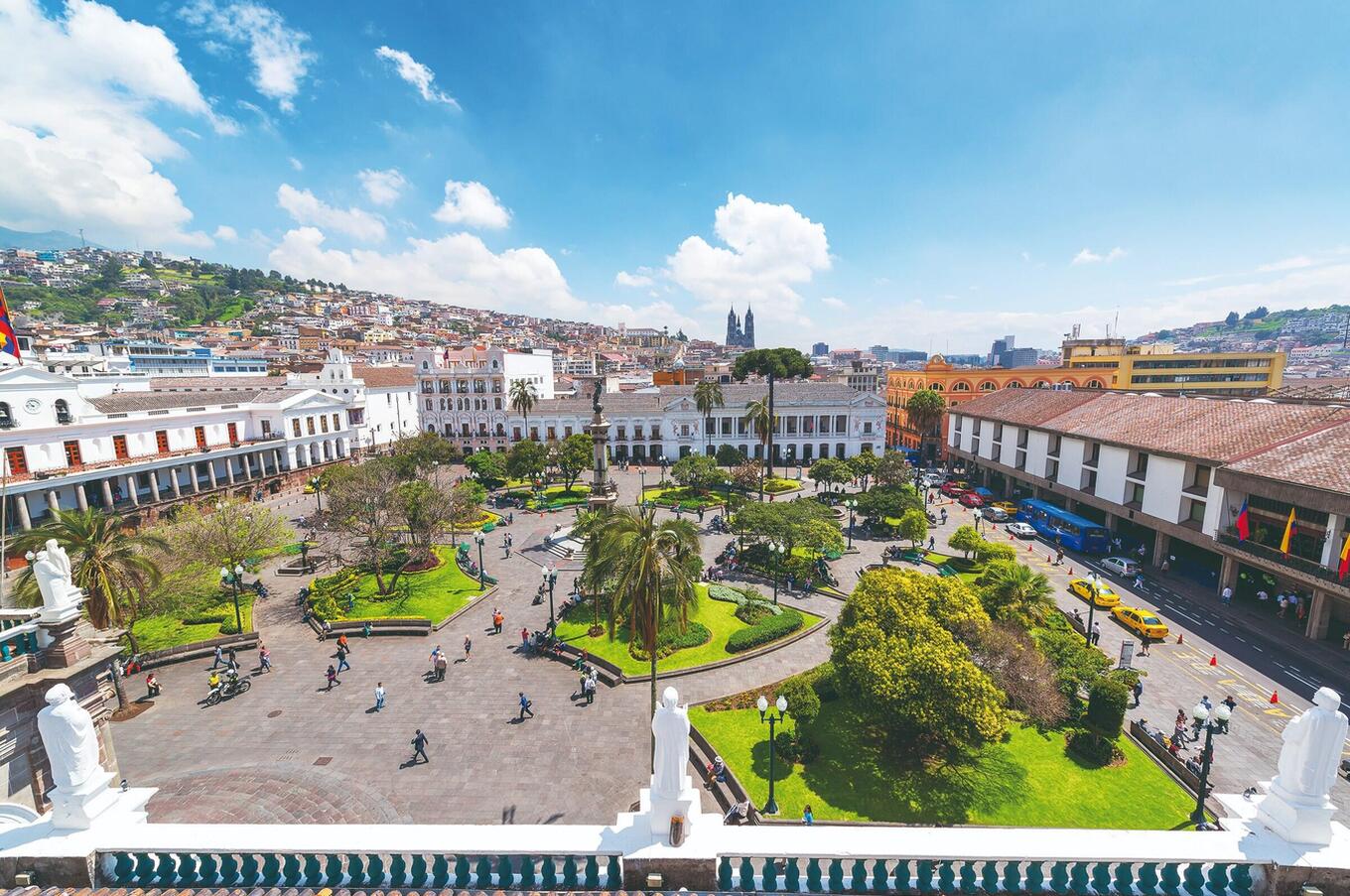
The Museums of Quito are simply extraordinary. The Chapel of Man and the Oswaldo Guayasamin House and Foundation collect the legacy of a universal artist, the likes of Picasso. The private collection of the Museum of Pre-Columbian Art, La Casa del Alabado, left me in shock when I discovered pre-Columbian pieces of stunning beauty and precision that were more than 3,000 years old. The entire collection revolves around the mysticism and spirituality of an unknown ancient culture to me.
Haute cuisine is slowly making its way into Quito. Daniel Maldonado is the owner and chef of Urko, who, having trained in Spain, returned to Ecuador to express a new way of understanding his country's gastronomy. Will he be Quito's next Michelin star?
For me, the most beautiful part of traveling is discovering local culture through its people and ancestral traditions. Deep in the interior of the country, in Otavalo, I had the chance to visit the last traditional craft telar (loom workshop) in the area, a rare find, as most textiles are now imported from China.
The legendary artisan who runs it showed me his cultivation of cochineal insects, whose blood produces the deep reds and purples used to dye his ponchos, blankets, and rugs. He also uses dozens of native flowers to naturally color the wool of sheep, alpacas, and vicuñas, a living legacy of Andean tradition.
The charm of a colonial hacienda
In the neighboring town of Ibarra, I came across a centennial hacienda with a large stone cross in its courtyard. A seventeenth-century colonial hulk converted into a luxury hotel and a foundation.
This agricultural and livestock production farm is a jewel, synonymous with luxury, tradition, and wildlife. It belongs to former Ecuadorian President Galo Plaza Lasso, and inside it are woven a myriad of family stories, related to its cheese factory, organic gardens, embroidery workshops, and an incredible Condor and Andean Bear conservation project led by Jan, a French biologist who has an Ecuadorian accent after having spent so many years in the area.
What enlightened my spirit the most during my visit was the authenticity of the people who live and work there. They don't sell you anything. It's not a tourist museum. It is not this kind of tourism: "Tomorrow at 8 o'clock we have a kayaking activity". Instead, you enjoy a walk alongside Jan and she tells you about her day-to-day life with the condors and Andean bears; or you simply go for a horseback ride through the valley, where the only protagonist is the landscape, nothing less than volcanoes of more than 6,000 meters in altitude in the background. Through its foundation, the Hacienda supports the integration of the entire valley with projects of education, environmental conservation, and local community development. Fundacion Galo Plaza Lasso.
- This valley is home to condors and Andean bears —
- A horseback ride is the best way to get to know Hacienda Zuleta's surroundings —
- A century-old 17th century hacienda converted into a luxury hotel —
- An embroidery workshop allows to discover this type of ancestral craftsmanship of the area
From the Ecuadorian capital of the Amazon, Orellana, three nights and four days of adventure awaited me aboard the ship Anakonda, an authentic floating hotel, which I found fantastic for family travel with children through the jungle.
I learned that in the Amazon, the black-colored waters have a pH that prevents mosquitoes from hatching. We sailed through the jungle while the local guides, who knew every inch of the area, unveiled the wonders of nature. During the different landings, together with the women and children of the villages, I discovered how they extracted the sap from the trees to make glue or how they fermented the fruits to produce a liqueur. Although their lifestyle is still very traditional, we were able to communicate without any impediment or need for a translator.
The truth is that Ecuador never ceased to surprise me for a minute. I still remember the moment when I arrived at the Cotopaxi National Park, where El Cotopaxi, the highest active volcano in the world, is located. Even taller than Everest from the base, or the well-known Avenue of the Volcanoes, where I could see them, one after the other, full of snow and glaciers, and with an altitude of between 5,000 - 6,000 meters. Luckily, although it was cold and the atmosphere was a bit humid, I did not have to deal with the well-known "soroche", mountain sickness or altitude sickness, typical of this area.
The Roses of Ecuador
In the flower plantations of the Hacienda de la Compañía, I learned that Ecuador is the second-largest exporter of roses in the world, after Colombia, and that from the time a rose is cut, to when it passes through the auction market in Amsterdam until it reaches a florist in Madrid, it can take as little as 24 hours.
The most valuable thing was that I was told this by the very women who worked there. I learned how the flower industry is changing the social structures of the Valley. The plantations employ only women, who, for the first time, receive a direct fixed salary and do not depend solely on the income that their husbands can bring in. In addition, the plantations offer free childcare, which provides a greater family balance.
I also learned that the famous 'Panama hat' is distinctly Ecuadorian, but took this name because it was used in the construction of the Panama Canal. I was amused when I was told this by one of Quito's most renowned artisans, as he showed me his workshop and his 100% plant-based hats, which can cost up to fifteen hundred dollars for the highest quality ones.
Ecuador is the second-largest exporter of roses in the world, after Colombia. It can take as little as 24 hours from the time a rose is cut, passes through the auction market in Amsterdam, until it reaches a florist in Europe.
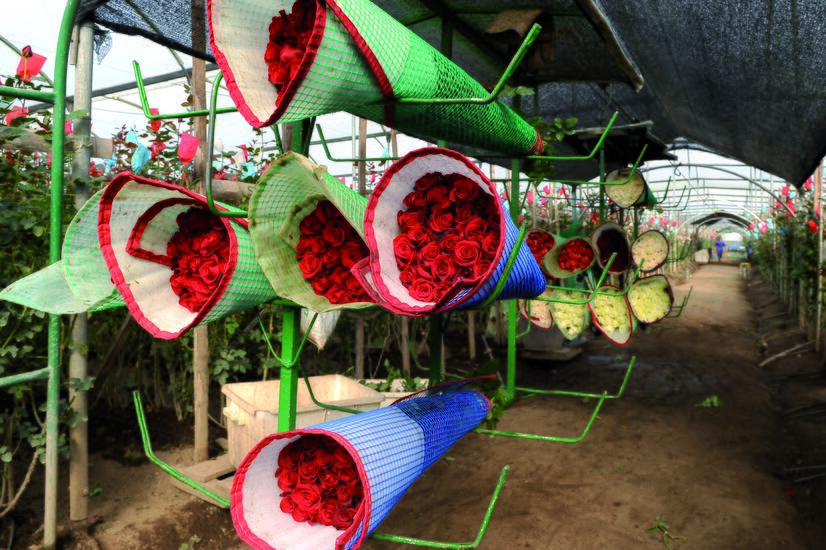
I think I could go on and on writing pages about the people I met and how much I enjoyed Ecuador. The most beautiful thing was to see that behind every landscape and every person, there are real people with fascinating stories and anecdotes to discover.
To conclude my story, I must say that if my landing in Ecuador was magical, my return to Madrid left me one last surprise. When I arrived at Barajas, at terminal 4, I came across the mythical mural of the Ecuadorian painter Oswaldo Guayasamin. It's funny because I saw it every time I went to the airport, but I was not aware of the jewel I had in front of me. I'd like to think it was a welcome on his part, something like a deja vu from when I visited his museum and his paintings, inspired by Picasso, and they left a sweet taste in my mouth, as sweet as my entire visit to Ecuador.
